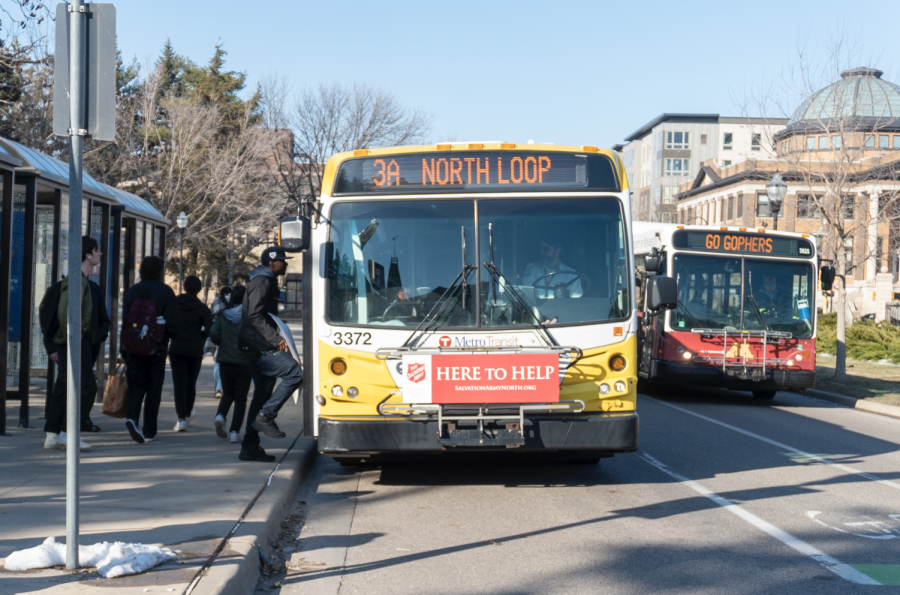As near-campus student housing swells, Southeast Como wants to fill it with more than just college students.
To attract more University of Minnesota graduate students and faculty members — as well as deal with enduring housing issues like lower student demand, property maintenance and tenant misbehavior — the neighborhood is rebranding itself.
“We can identify the problem, but coming with concrete solutions is difficult,” said Ricardo McCurley, neighborhood coordinator for the Southeast Como Improvement
Association. “The idea was to create a cookbook of different strategies we could try.”
Part of the recently finalized $12,000 plan includes revamping the neighborhood’s marketing, improving deteriorating housing stock and supporting new developments. It also includes connecting with area businesses to offer employees and potential neighbors financial home ownership incentives.
One of the housing strategy’s main goals is to attract more long-term residents — especially as Southeast Como weathers a declining demand for undergraduate housing, McCurley said.
“What is tricky in the University neighborhood is student renters don’t stay more than a year,” he said. “They might stay in the neighborhood, but they move locations — and with that comes an instability.”
Marcy-Holmes neighborhood has recently contended with some of the same problems. Last year, it implemented its own housing plan with the help of Tangible Consulting Services, which has been also been hired by Southeast Como.
A yearslong boost in housing supply has decreased demand for student rentals across all University neighborhoods, said Tom Leighton, who founded the
consulting service and worked on both University area initiatives.
That gap in demand, Leighton said, could be filled by the faculty, of whom only 3.7 percent live in Como, Marcy-Holmes, Prospect Park or Cedar Riverside.
“We see an opportunity in improving that number,” he said.
University director of community relations Jan Morlock said it’s beneficial to have employees who work on campus who live close by — even though the city’s metro-wide economy and plethora of transportation options might currently dissuade them from doing so, she said.
“It’s a win-win for both as well as the city of Minneapolis,” Morlock said.
Graduate students could also be attracted to close-to-campus neighborhoods like Southeast Como.
Urban and regional planning graduate student Hilary Lovelace said she specifically chose the neighborhood over others because of its tranquility.
Though the neighborhood is mostly populated by students, she said, it’s far from the business and social activity of Dinkytown.
“One of the things I like most about the neighborhood is that it’s dog-friendly, and there are parks nearby,” Lovelace said.
Southeast Como and Marcy-Holmes also need the University to help market and clarify housing options for faculty, Leighton said, if it wants to attract a diverse array of less transient neighbors.
“Both neighborhoods see student population as a real asset,” he said, “but also want to continue to be seen as a home for other kind of households as well.”















